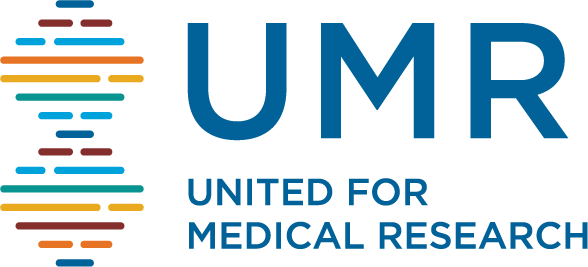June 12, 2012
Today, the Senate LHHS Appropriations subcommittee marked up the NIH FY13 appropriations bill. The following is UMR’s reaction statement:
The U.S. Must Renew and Strengthen Its Commitment to Biomedical Research in FY2013
WASHINGTON – “Although the slight increase in the funding level for the National Institutes of Health (NIH) in the Senate Labor, Health and Human Services, and Education, and Related Agencies FY2013 Appropriations bill reflects the bipartisan prioritization of lifesaving biomedical research at a time when other programs are being cut, it falls short of the bold investment needed to support our nation’s innovation ecosystem.
“Accounting for inflation, this proposed funding level actually represents a cut to this crucial agency, an unfortunate continuance of a decade-long trend. Research and development are critical to creating new businesses and new jobs, and medical research is our best weapon against the looming explosion in health care costs related to cancer, heart disease, diabetes, Alzheimer’s and other major health threats. Our nation simply cannot afford to trivialize research efforts when it comes to innovation, particularly when we know that, going forward, the possibility exists of staggering budget cuts through sequestration.
“NIH funds are not only a vital tool in our pursuit to reduce the tragic burden of disease, but also yield essential dividends in our states and communities – from job creation and industry growth to better quality of life for millions of patients and families. In fact, a recent report from UMR detailed NIH’s role as an economic engine. In 2011 alone, the NIH supported nearly a half million jobs all across the country and produced $62 billion in new economic activity, playing a large role in bolstering American competitiveness internationally. If current funding trends continue, the United States is at serious risk of losing our place as global leader in the life sciences.
“NIH investments in medical research, complemented by those from the private sector, have led to improved health, better quality of life and improved productivity for millions of patients and their families. We urge Congress to do what’s best for our country’s health and economic well-being and protect lifesaving funding for the NIH.”
